Diagnostics of relays, recommendations
For the development of diagnostic routines these effects need to be considered:
■ The contact resistance may be higher than indicated in the datasheet and due to the fritting phenomena, also may show a non-linear characteristic . This implies, that the contact resistance, measured at too low voltage and current levels (e .g. standard tester and multimeter) can be significantly higher than the contact resistance under real application conditions (e .g. supplying a 100 W load) . We recommend to perform the diagnostic routine with the actual application load and voltage (e .g. mains or board net voltage) connected to the contacts. If the diagnostic routine cannot be performed with actual application load and voltage, the measurement voltage level must secure an electrical breakdown of possible layers. We recommend a voltage level according to IEC 61810-7.
■ The voltage drop can be up to 300 mV . The B-fritting is a physical phenomenon, which can occur on all metal and silver based contacts. For low level and signal applications, special signal and general purpose relays are available. For automotive applications it is recommended to set the diagnostic threshold voltage to min. 500 mV per relay contact (important for H-bridges or serial contact arrangements).
■ Effects like icing .
■ Consider the maximum possible switching times (due to, e .g ., operate voltages other than the rated coil voltage, bounce time effects, ambient temperature and coil suppression circuits) . If the status of the contact has to be changed for the diagnostic routine (energize or de-energize relay), the routine must wait until the intended contact status is established. Depending on electrical and ambient conditions (temperature, voltage levels, and coil circuits) the times can be significantly longer than the indicated times in the datasheet. We recommend a delay time of min. 10 times of the typical switching times.
■ A coil diagnostic routine must secure that the status of the contact does not change during the diagnostic cycle . If the coil driver is monitored by a watchdog routine, the energizing/de-energizing time of the coil must not result in an unintended closing or opening of the contacts. We recommend times of max. 0.5 ms.
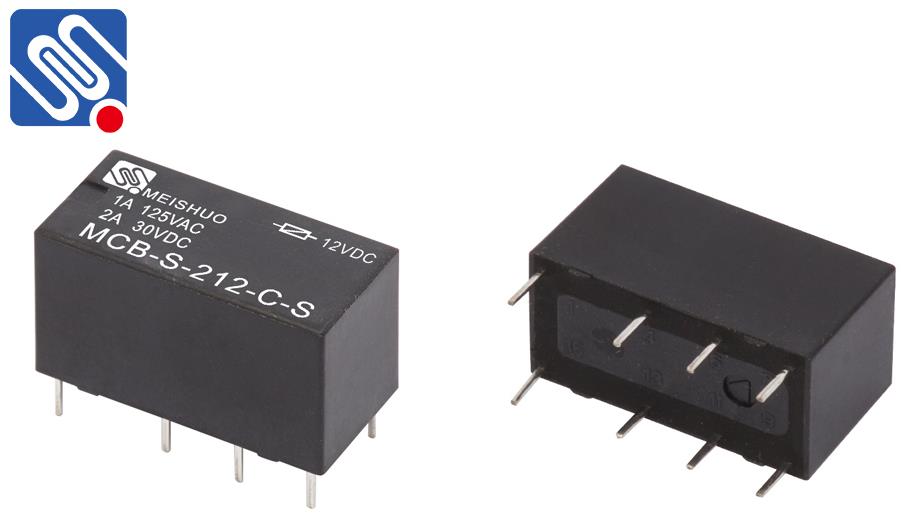



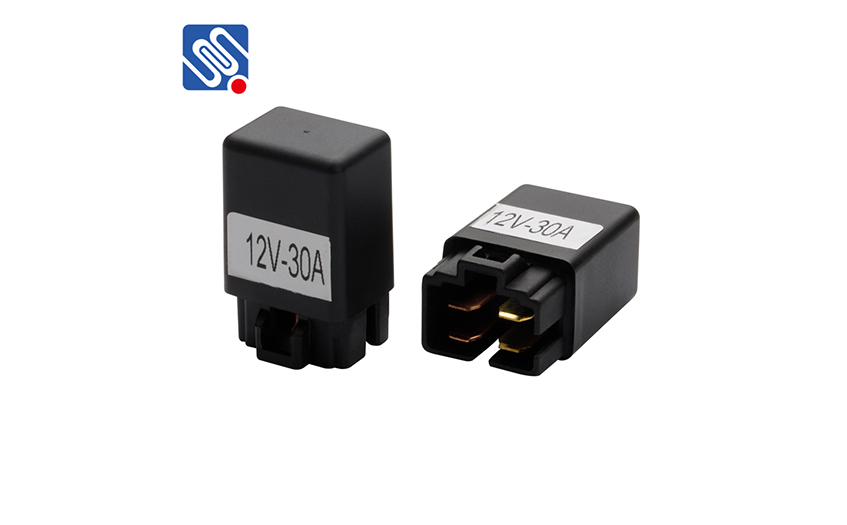
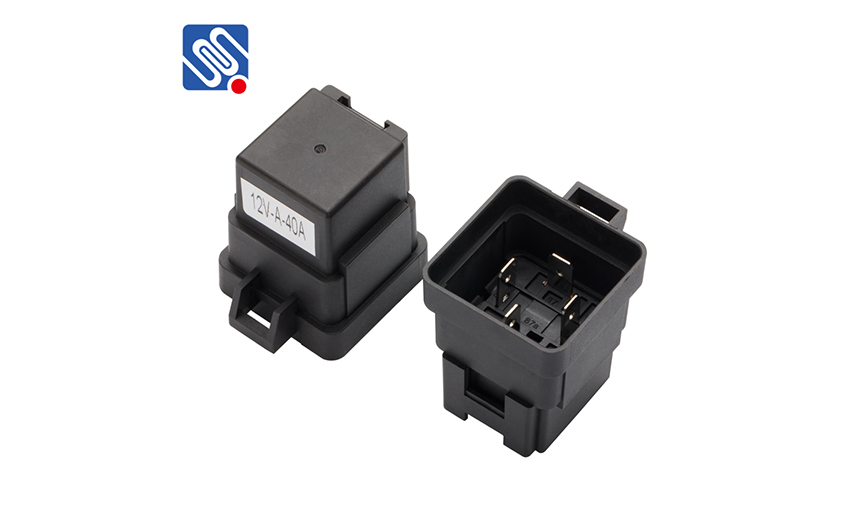
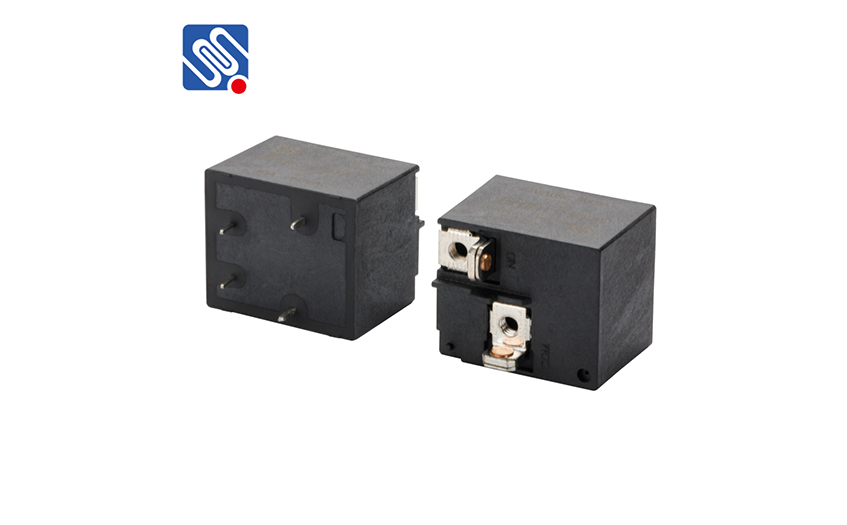
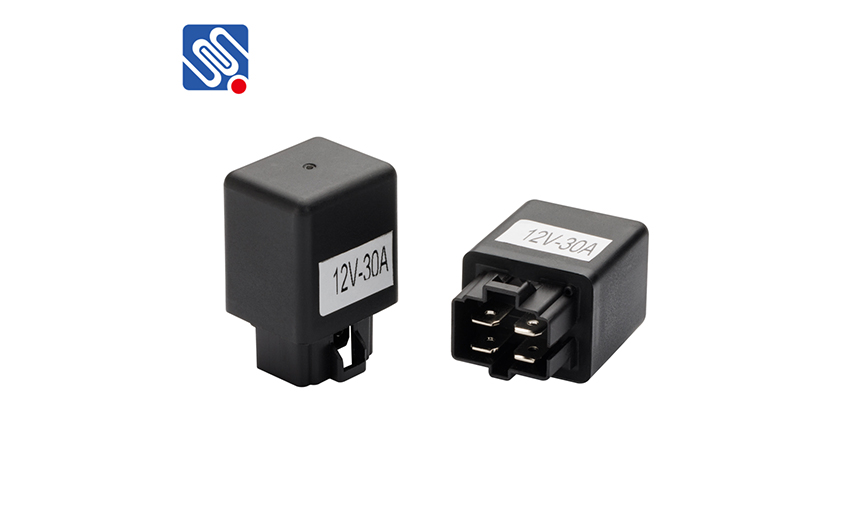
 selena
selena  sales@msrelay.com
sales@msrelay.com 13968707033
13968707033
 +86-577-62518811
+86-577-62518811





